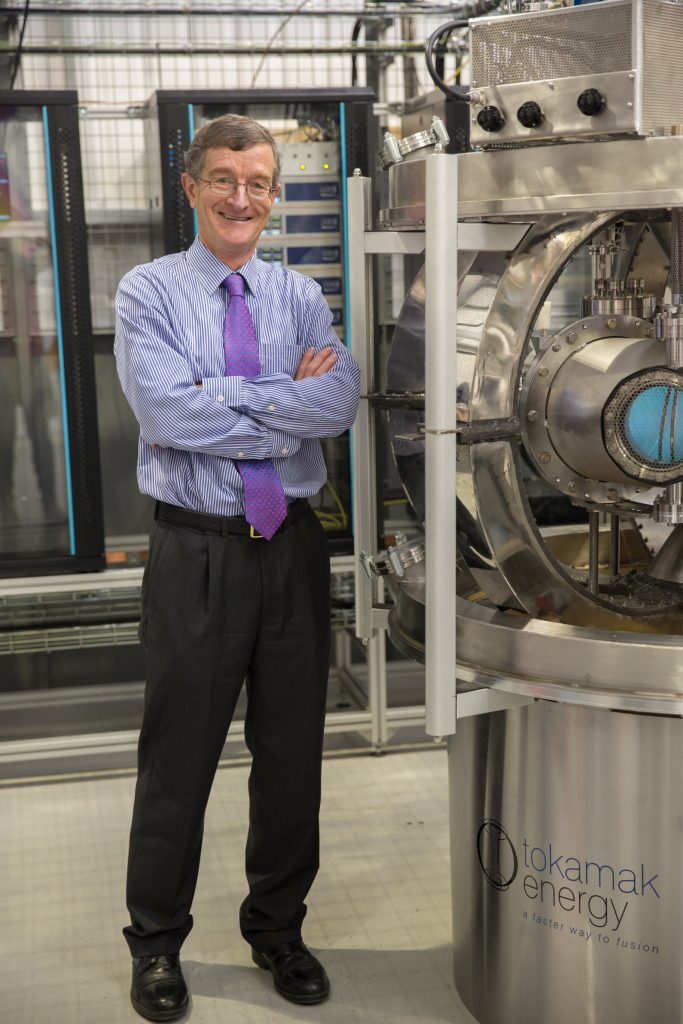
Britain’s newest fusion reactor has been fired up and taken the UK one step further towards generating electricity from the power of the stars.
The heart of the Tokamak ST40 reactor – a super-hot cloud of electrically charged gas, or plasma – is expected to reach a temperature of 100 million centigrade in 2018.
That is how hot it needs to be to trigger fusion, the joining together of atomic nuclei accompanied by an enormous release of energy.
The same process enables stars to shine and in a less controlled way provides the destructive force of H-bombs.
The new reactor was built at Milton Park, Oxfordshire, by Tokamak Energy, a private company pioneering fusion power in the UK.
It is Tokamak Energy’s third upgraded reactor and represents the latest step in a five-stage plan to bring fusion power to the national grid by 2030.
Fusion power holds out the promise of almost unlimited supplies of clean energy. It uses special forms of hydrogen as fuel, produces no greenhouse gases, and the only waste product is helium.
But harnessing and raining in the mighty forces involved is a daunting challenge.
The plasma, which at 100m C is seven times hotter than the centre of the sun, has to be contained in a doughnut-shaped “magnetic bottle”.
Some way has also got to be found to turn the energy of fast-moving elementary particles into electricity.
Speaking after the ST40 reactor was officially turned on and achieved “first plasma”, Tokamak Energy chief executive Dr David Kingham said: “Today is an important day for fusion energy development in the UK, and the world.
“We are unveiling the first world-class controlled fusion device to have been designed, built and operated by a private venture. The ST40 is a machine that will show fusion temperatures – 100 million degrees – are possible in compact, cost-effective reactors.
“This will allow fusion power to be achieved in years, not decades.”
He said the project, now half way to the goal of fusion energy, still needed “significant investment”.
To date, the company has raised £20 million from private contributors.
Dr Kingham added: “Our approach continues to be to break the journey down into a series of engineering challenges, raising additional investment on reaching each new milestone.”
Recommended for you
